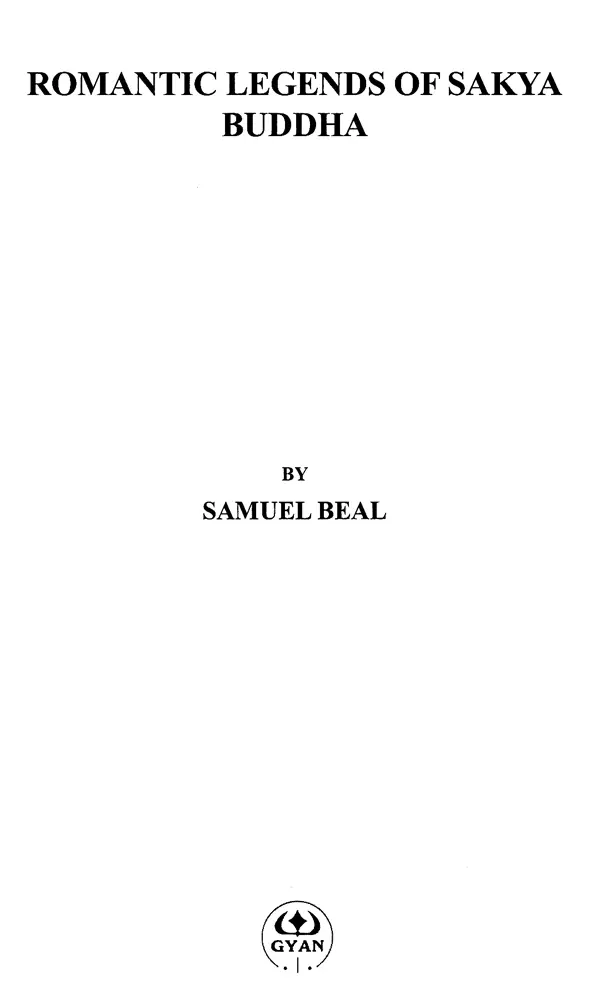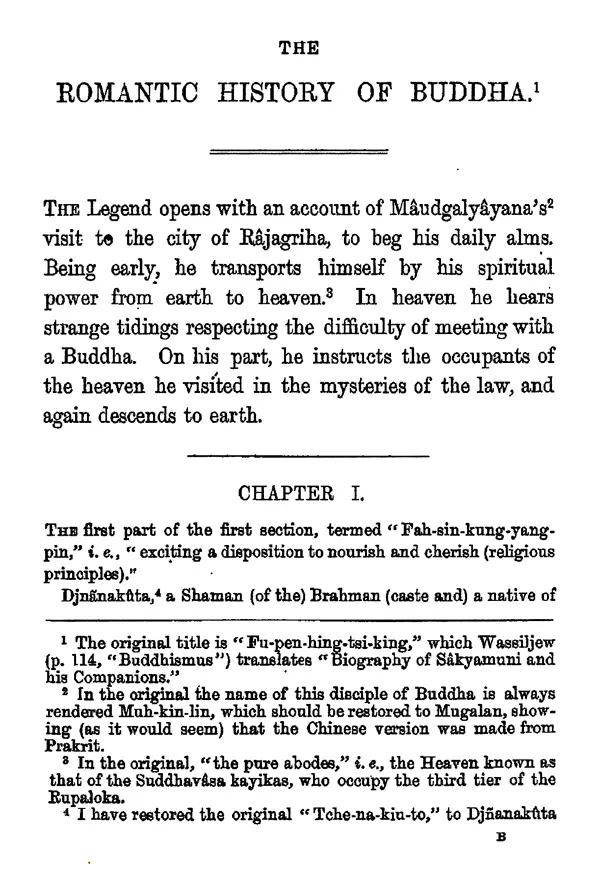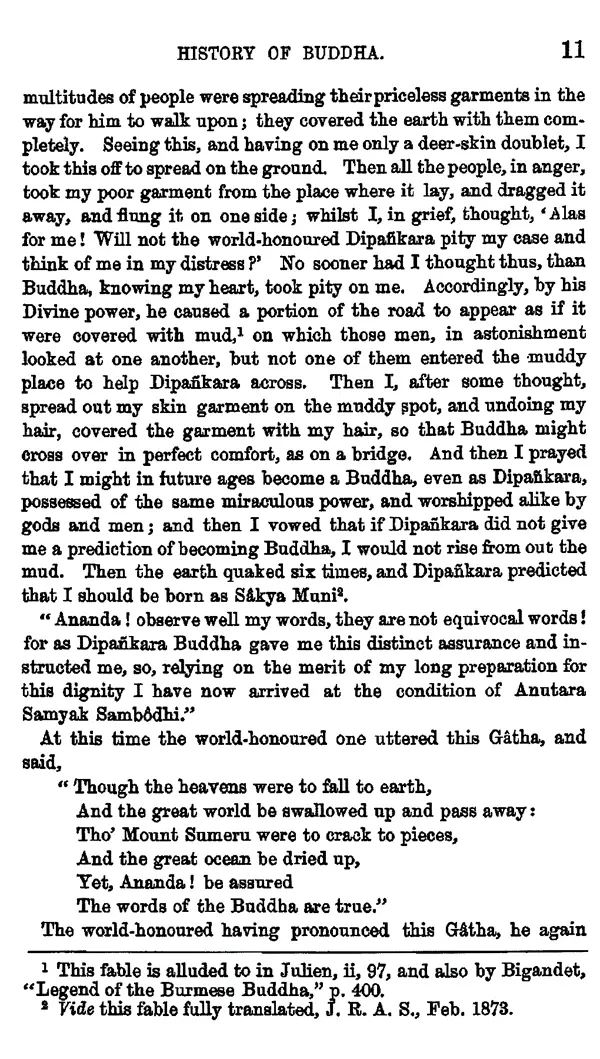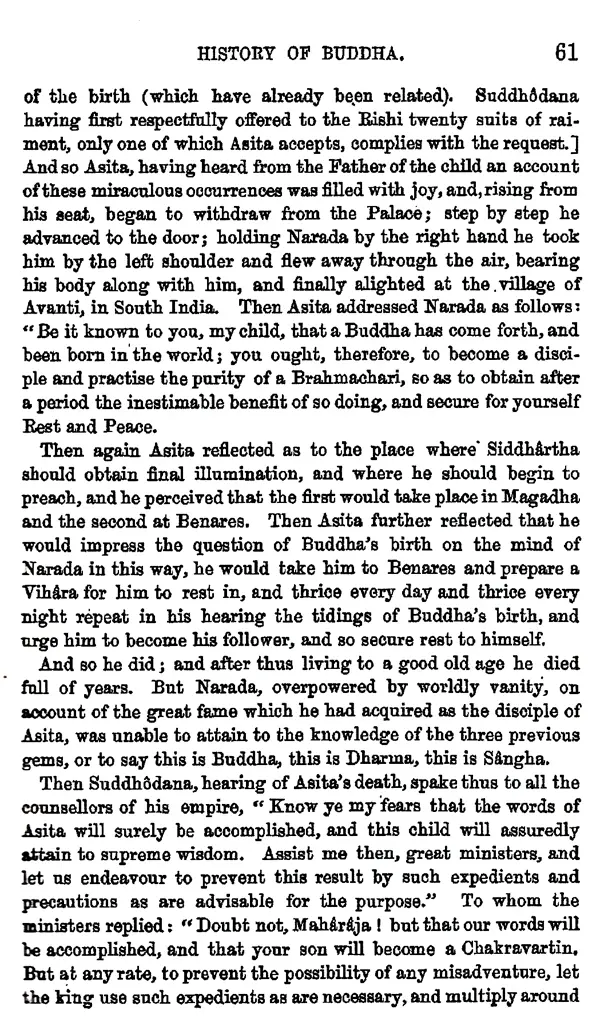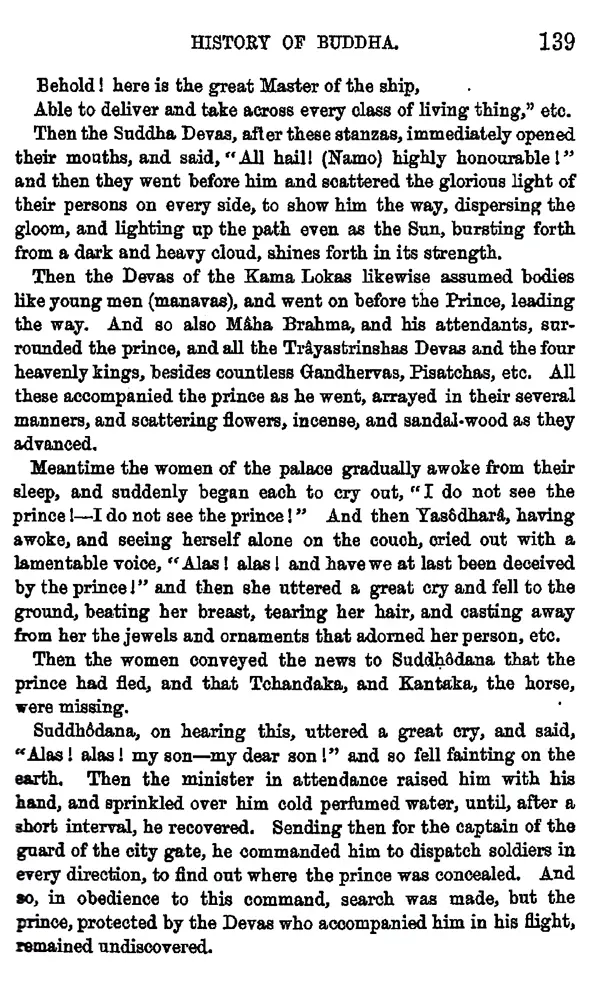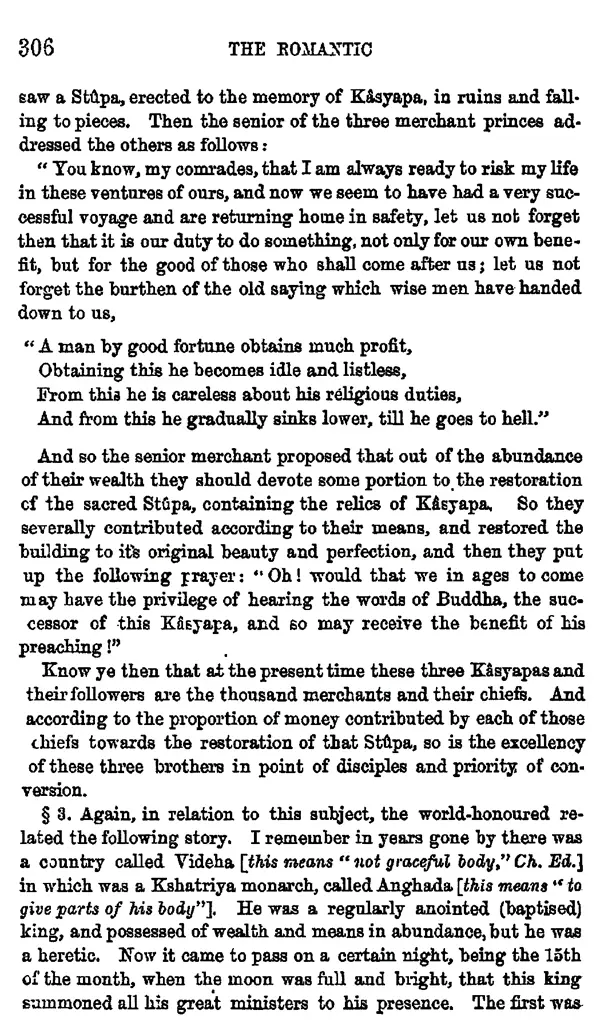ABOUT THE BOOK This work is a translation of the Chinese version of the Abhiniskramana Sutra done into that language by Dinanakuta, a Buddhist priest from North India. It refers to Buddha's leaving the palace for a religious life, as in Buddha's flight from his palace to become an ascetic. The legend also includes Buddha's previous and subsequent history. The work is called Romantic Legend, because, as is well known, the first romances were merely metrical histories. There can be no doubt that the present work contains,so to speak, some of the earliest verses in which the History of Buddha was sung, long before the work itself was penned. The inscriptions found on Buddhist ruins, recently discovered in India, confirm this hypothesis. Many of the stories related in this work are found sculptured at Sanchi and Barhut. The interest of the book will be found to result from the stories which throw light on contemporaneous architectural works in India.
ABOUT THE AUTHOR Samuel Beal, born on 27 November 1825, was a distinguished Oriental scholar, and the first Englishman to translate directly from the Chinese the early records of Buddhism, thus throwing light upon Indian history. Samuel Beal was born in Devonport, Devon, and went to Kingswood School and Devonport. He graduated from Trinity College, Cambridge in 1847. From 1848-50. he was headmaster of Bramham College, Yorkshire. He was ordained deacon in 1850. and priest in the following year. After serving as curate at Brooke in Norfolk and Sopley in Hampshire, he applied for the office of naval chaplain, and was appointed to H.M.S. Sybille (1847) during the China War of 1856-58. He was awarded DCL (Durham) in 1885 "in recognition of the value of his researches into Chinese Buddhism." His reputation was established by his series of works which traced the travels of the Chinese Buddhists in India from the fifth to the seventh centuries AD.
INTRODUCTION This work is a translation of the Chinese version of the "Abhinishkramana Sutra" done into that language by Djnanakuta, a Buddhist priest from North India, who resided in China during the Tsui dynasty, i. e, about the end of the sixth century, A.D.
It would seem from a consideration of the title of the seventeenth chapter, "Leaving the palace for a religious life", that originally the story of the "Abhinishkra mana" was simply that of Buddha's flight from his palace to become an ascetic. Afterwards, the same title was applied to the complete legend (as in the present work), which includes his previous and subsequent history.
A very valuable date, later than which we cannot place the origin of the story, may be derived from the colophon at the end of the last chapter of the book. It is there stated that the "Abhinishkramana Sûtra" is called by the school of the Dharmaguptas Fo-pen hing-king; by the Sarvastivadas it is called Ta-chwang-yen (great magnificence, i.e., "Lalita Vistara"); by the Mahasanghikas it is called Ta-sse, i. e., Mahavastu.
We know from the "Chinese Encyclopedia", Kai yuen-shi-kiau-mu-lu, that the Fo-pen-hing was trans lated into Chinese from Sanscrit, by a priest called Chu-fa-lan, so early as the eleventh year of the reign of Wing-ping (Ming-ti), of the Han dynasty, i. e., 69 or 70 A.D. We may, therefore, safely suppose that the original work was in circulation in India for some time previous to this date.
**Contents and Sample Pages**
